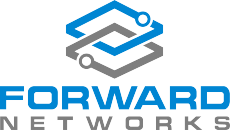Microsoft says tech companies need to protect and not to help attack customers
No Microsoft patches today, but have you looked at your Office 365 Secure Score? It is one step Microsoft has taken to help customer mitigate risks. And at RSA, the company called on tech companies to be a “neutral Digital Switzerland” and to be committed to “100 percent defense and zero percent offense.”No patches on February Patch TuesdayMicrosoft opted not to release patches on Valentine’s Day, which should have been Patch Tuesday.The “delay” was announced by MSRC: Our top priority is to provide the best possible experience for customers in maintaining and protecting their systems. This month, we discovered a last minute issue that could impact some customers and was not resolved in time for our planned updates today.To read this article in full or to leave a comment, please click here

 A virtual CMTS would affect the hardware businesses of some big vendors.
A virtual CMTS would affect the hardware businesses of some big vendors.

 Forward Networks has stepped out of the shadows to announce their Network Assurance platform, and I was fortunate enough to be a delegate for Networking Field Day 13 to see their first public briefing. We were all excited to set foot onto the Andressen Horowitz campus that day, but none of us were quite sure what exactly to expect.
Forward Networks has stepped out of the shadows to announce their Network Assurance platform, and I was fortunate enough to be a delegate for Networking Field Day 13 to see their first public briefing. We were all excited to set foot onto the Andressen Horowitz campus that day, but none of us were quite sure what exactly to expect. Legacy security products are not keeping up.
Legacy security products are not keeping up. The network is your security tool. Sound familiar?
The network is your security tool. Sound familiar?